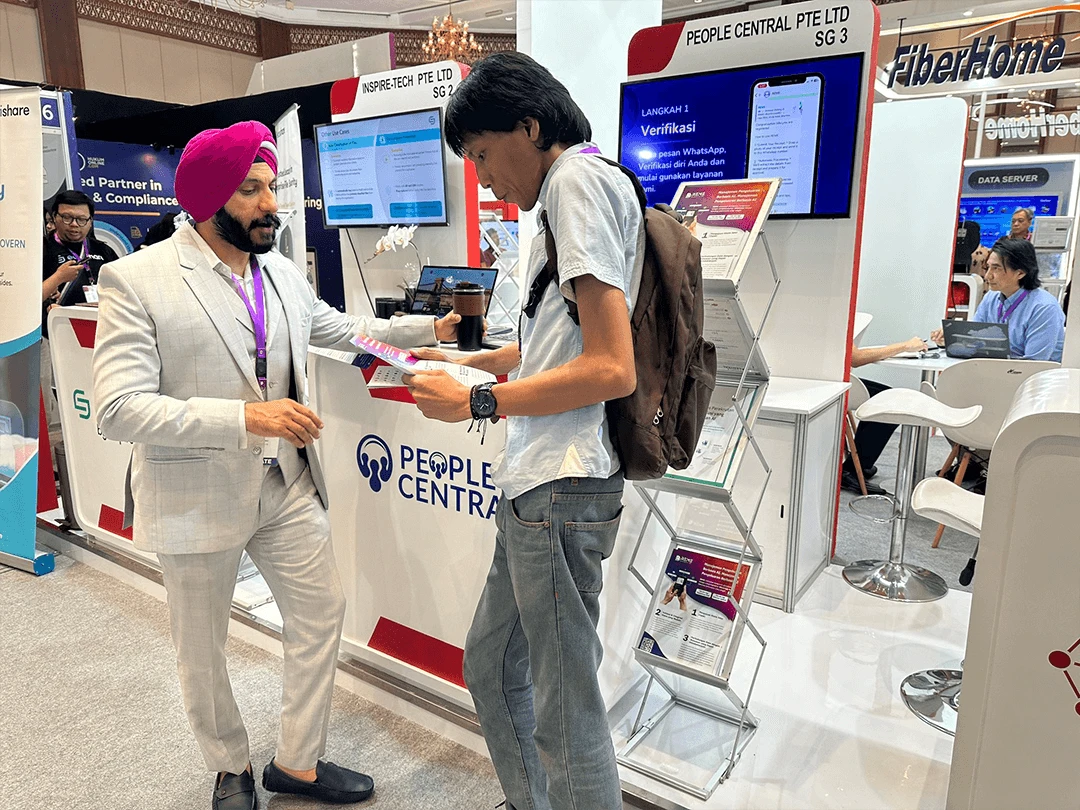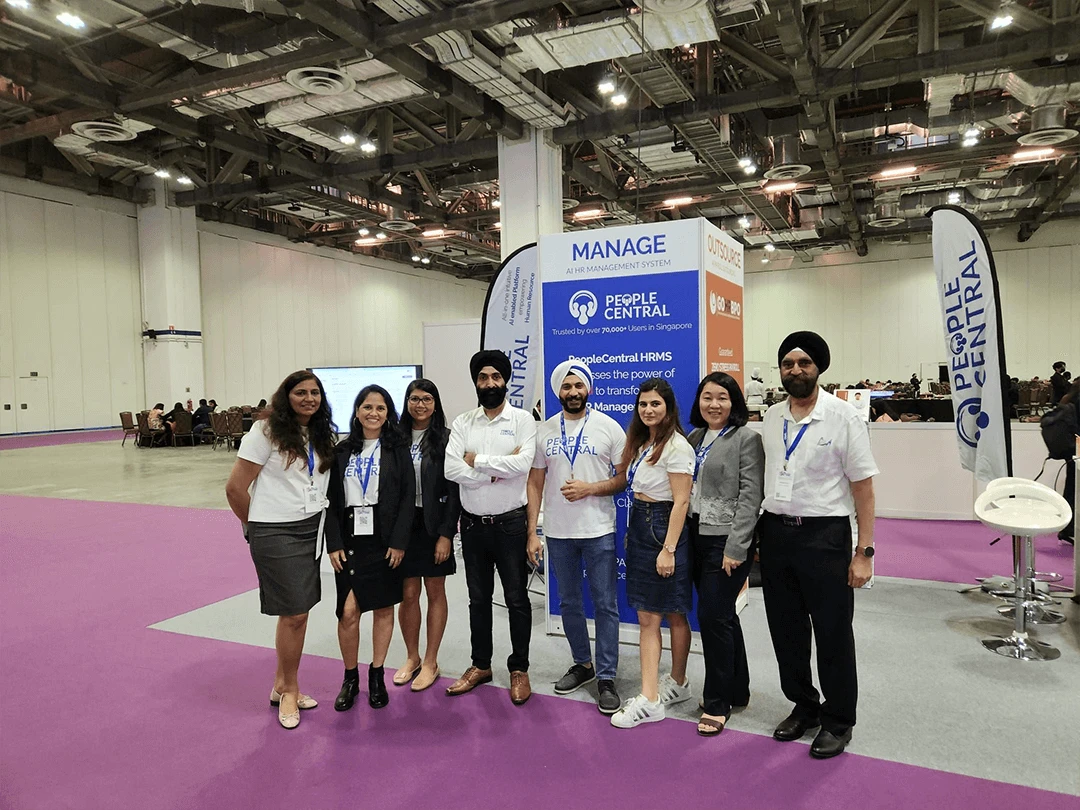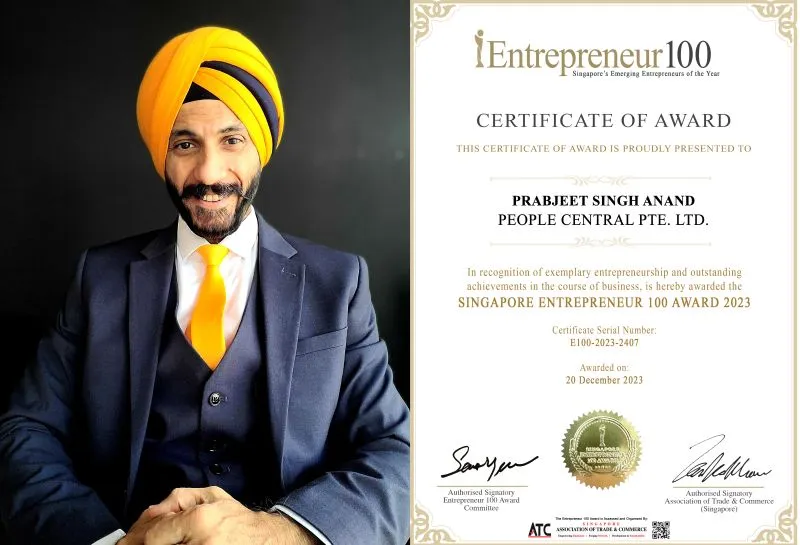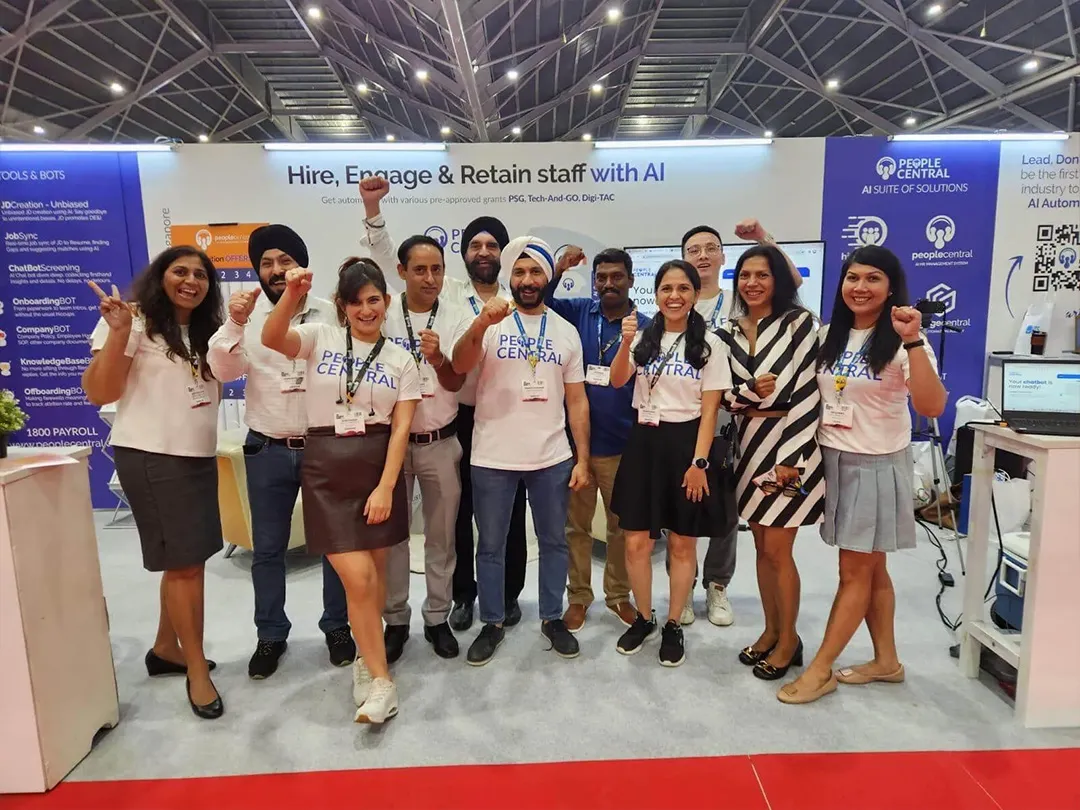The likes of Flexible Work Arrangements (FWA) in 2025 may be the affirmative reflections of the constant transformation that Singapore is imparting in its office practices. In view of the ongoing evolution, let’s see how FWA 2025 affects the working culture of Singaporeans and what it means for both employers and employees.
Tracing Back Flexible Work Evolution in Singapore
Who could ever think that there was ever a time when a 9-to-5 office presence was obligatory? Those times seem to be fading away. The MOM realized that the trend of FWA in Singapore is garnering popularity, as more than 85% of companies adopted some form of FWA by 2025.
Milestones of FWAs in Singapore:
2020-2022: Covid-19 led to adoption of remote work
2023: Beginning of formal FWA frameworks
2024: Implementation of artificial intelligence for productivity tracking
2025: Standardization of hybrid working arrangements
Also Read: Ministry of Manpower latest updates 2025
Why FWA Matters in 2025
The significance of FWA 2025 stretches beyond mere convenience. SNEF found that flexible work arrangements have become a significant tool for talent retention and business sustainability. This effect can be felt across most sectors:
Employer:
- Increased productivity: With a 35% employee output increase.
- Reduction in overheads: A 40% reduction in office space costs.
- Talent retention: Up to 45% increase in retention rate among employees.
- More access to global talent: Wider availability to recruit from.
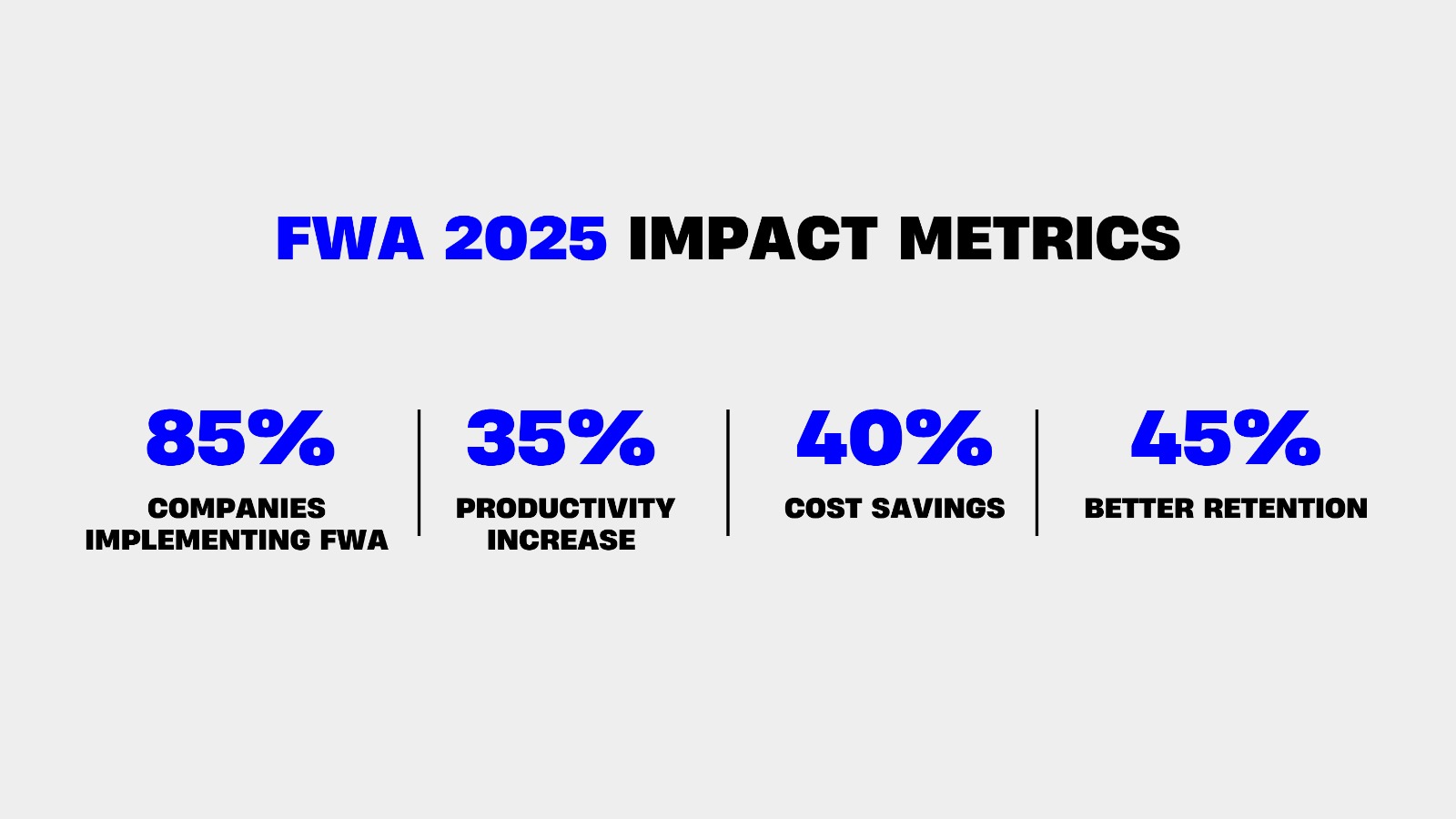
Employee:
- Better equilibrium between personal and professional life.
- Saved at least 2 hours a day on commuting.
- Reduction of transportation and food costs.
- 50% lesser work-inducing stress.
Innovative FWA Models in 2025
Singapore’s workplace transformation encompasses a wide spectrum of flexible arrangements:
Most Sought-After FWA Options:
- Hybrid Work: Structured mix of office and remote work
- Flexible Hours: Customized work schedules
- Compressed Work Weeks: Full-time hours crushed into fewer days
- Job Sharing: Share roles among several employees
Technology and Infrastructure
The successful rivet for the fair work arrangement successfully holds digitization:
Digital Solutions:
- Virtual Collaboration: Advanced meeting platforms
- Cloud-Based: Smooth access and sharing of documents
- Artificial Intelligence: Intelligent scheduling and task management
- Digital Security: More secure remote work
The Challenges and Solutions
Singapore’s approach to dealing with FWA challenges includes:
Some Strategic Solutions:
- Performance Management: Output-oriented evaluation systems
- Team Cohesion: Regular virtual team-building events
- Communication: Establish structured digital communication protocols
- Work-life Balance: Clear disconnection guidelines
Also Read: How Can LMS Training Improve Employee Performance?
Economic Impact and Future Direction
The economic impact of FWA 2025 is huge:
Key Figures:
- Productivity Gains: S$3.5 billion in value added to GDP
- Cost Savings: An overall reduction of 30% in the operational costs
- Environmental impact: 25% reduction in carbon emissions
- Real Estate: Transformation of commercial spaces
Looking Forward
The Future of FWA 2025
- Artificial Intelligence: Better scheduling for work.
- Virtual Reality: More remote collaboration.
- Wellness: Infrastructural support for mental health.
- Skill Development: Online interactive learning.
Conclusion
FWA 2025 is more than a mere policy change but a fundamental change in our working practices, with Singapore leading the way in innovation. It promises a better work-life integration and further opens new doors worth exploring for both the employees and employers.
The implementation of the FWA in Singapore is a model for other countries that showcases how innovative thinking and good planning can help open the road to changing traditional work models. The question is no longer whether to embrace flexibility in work but how to make it work best in this ever-changing world of labor.






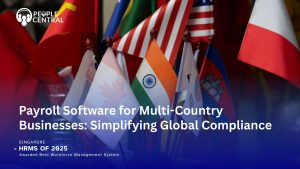

 5
5

















